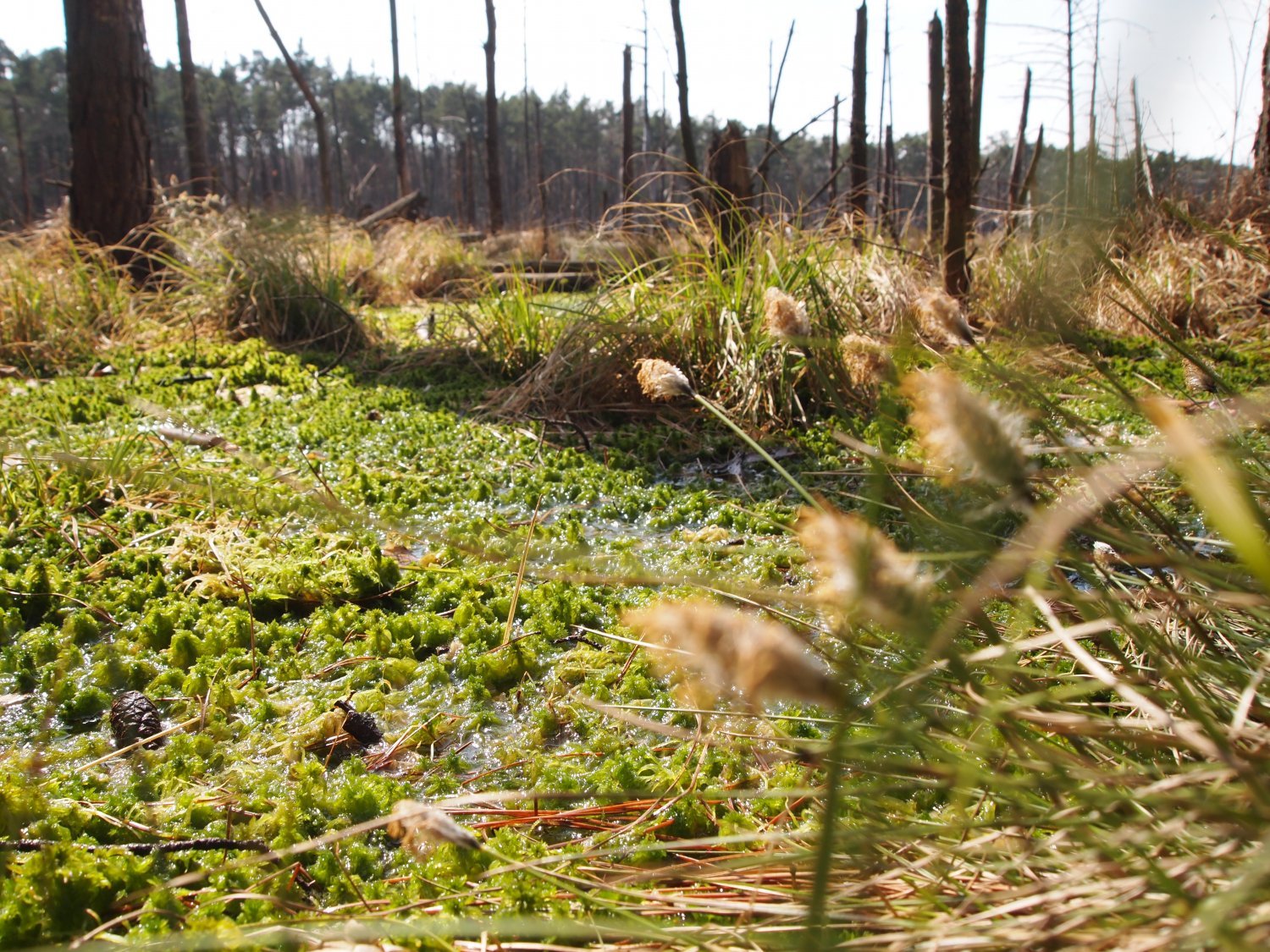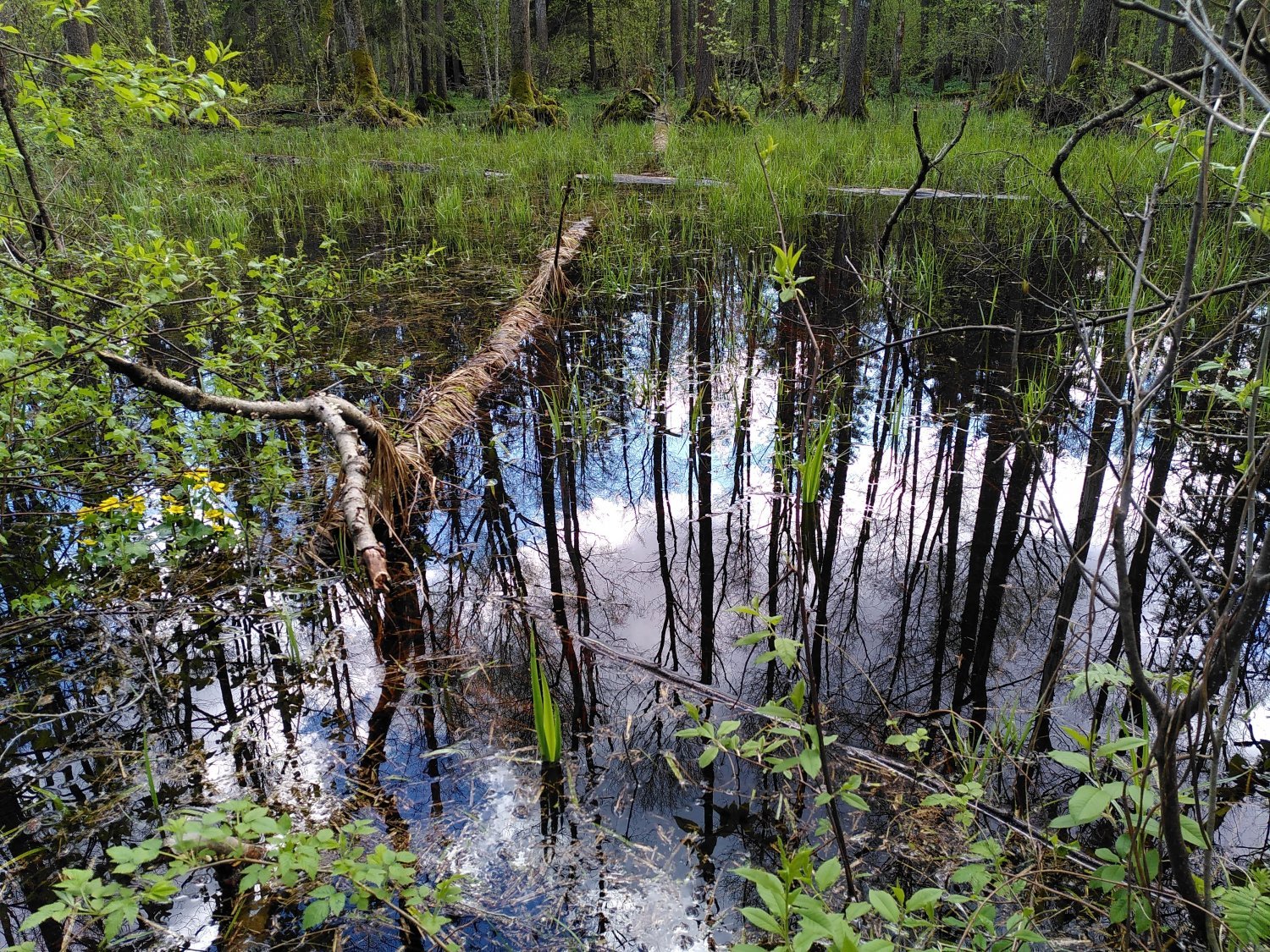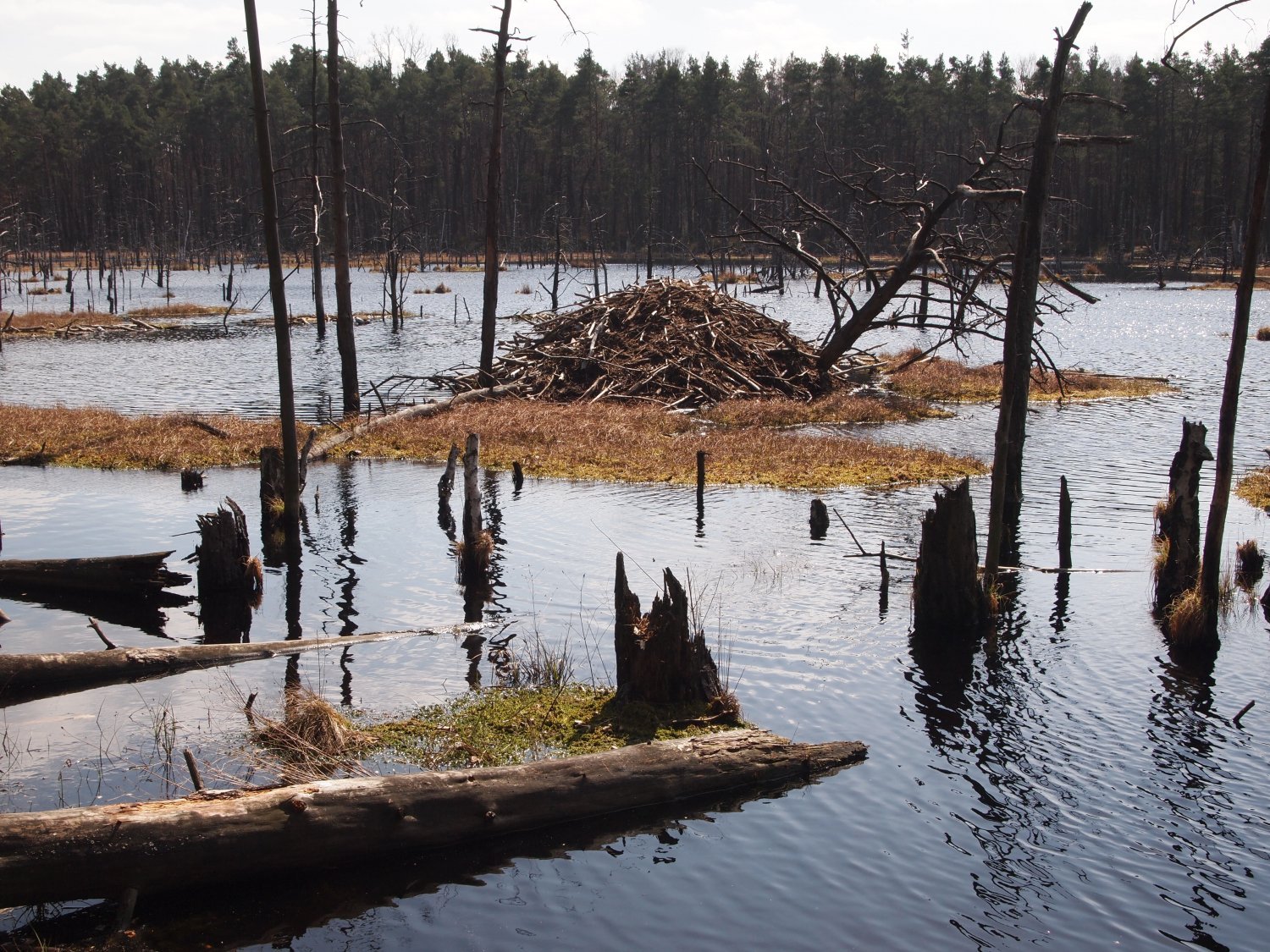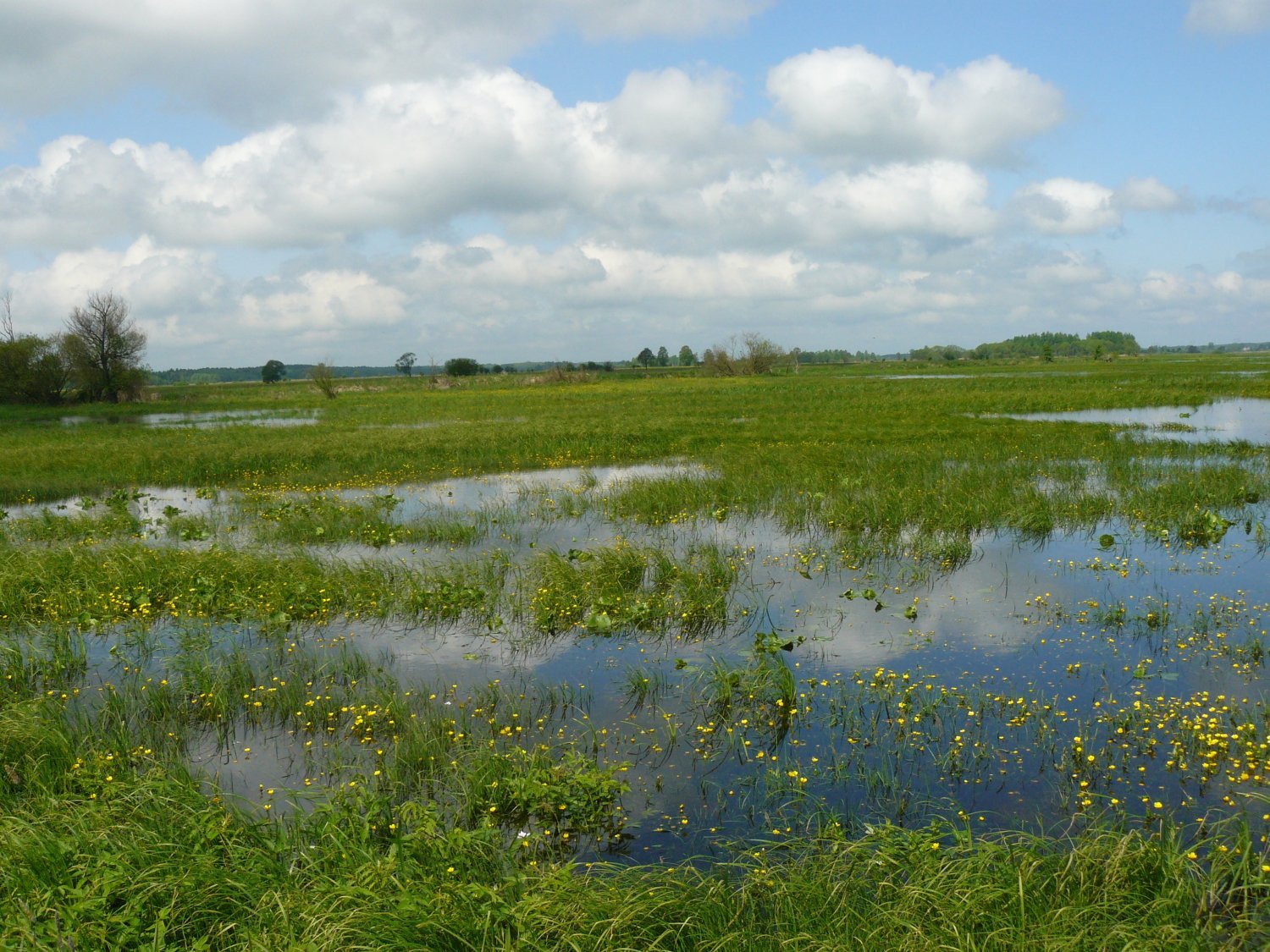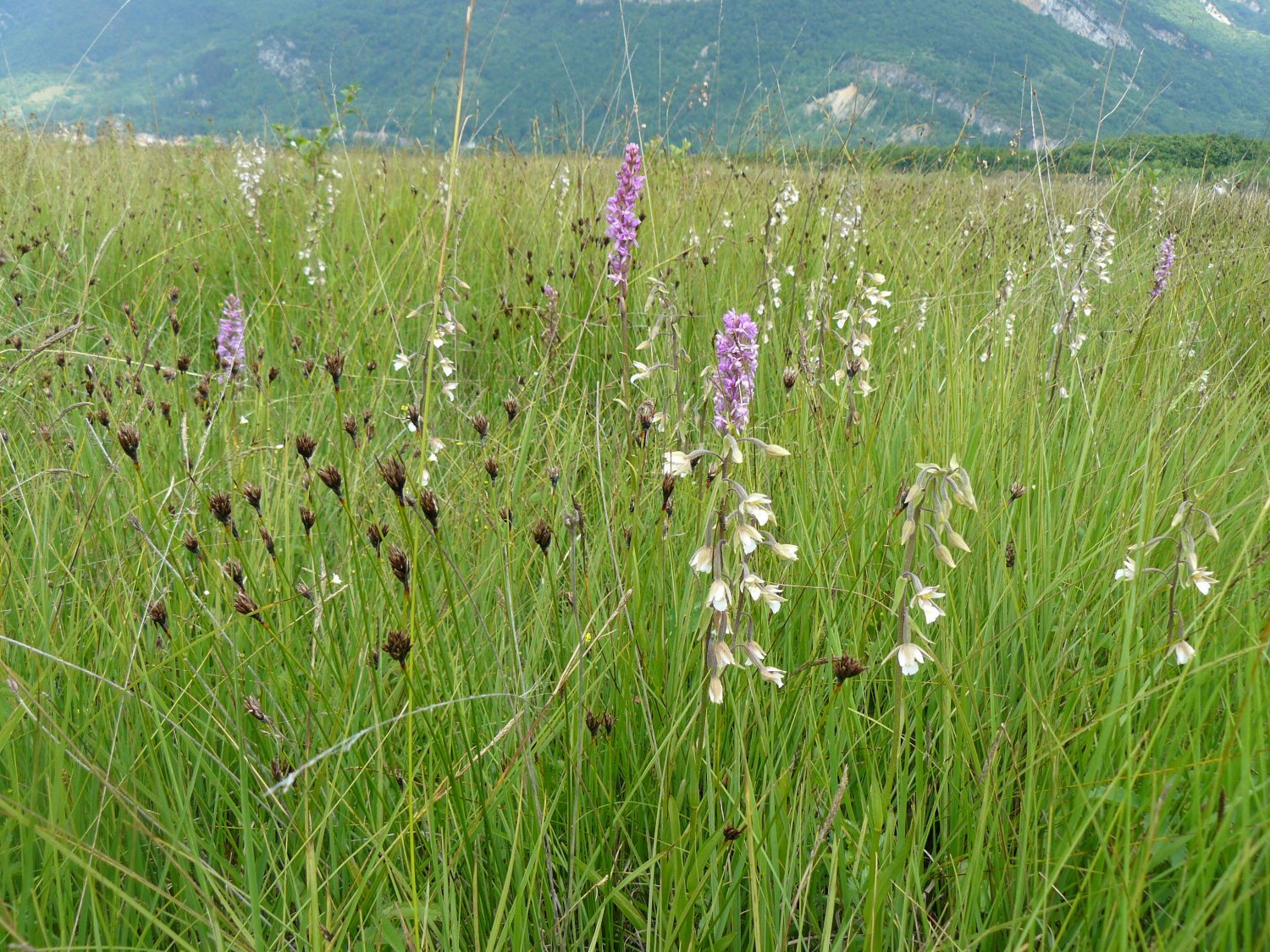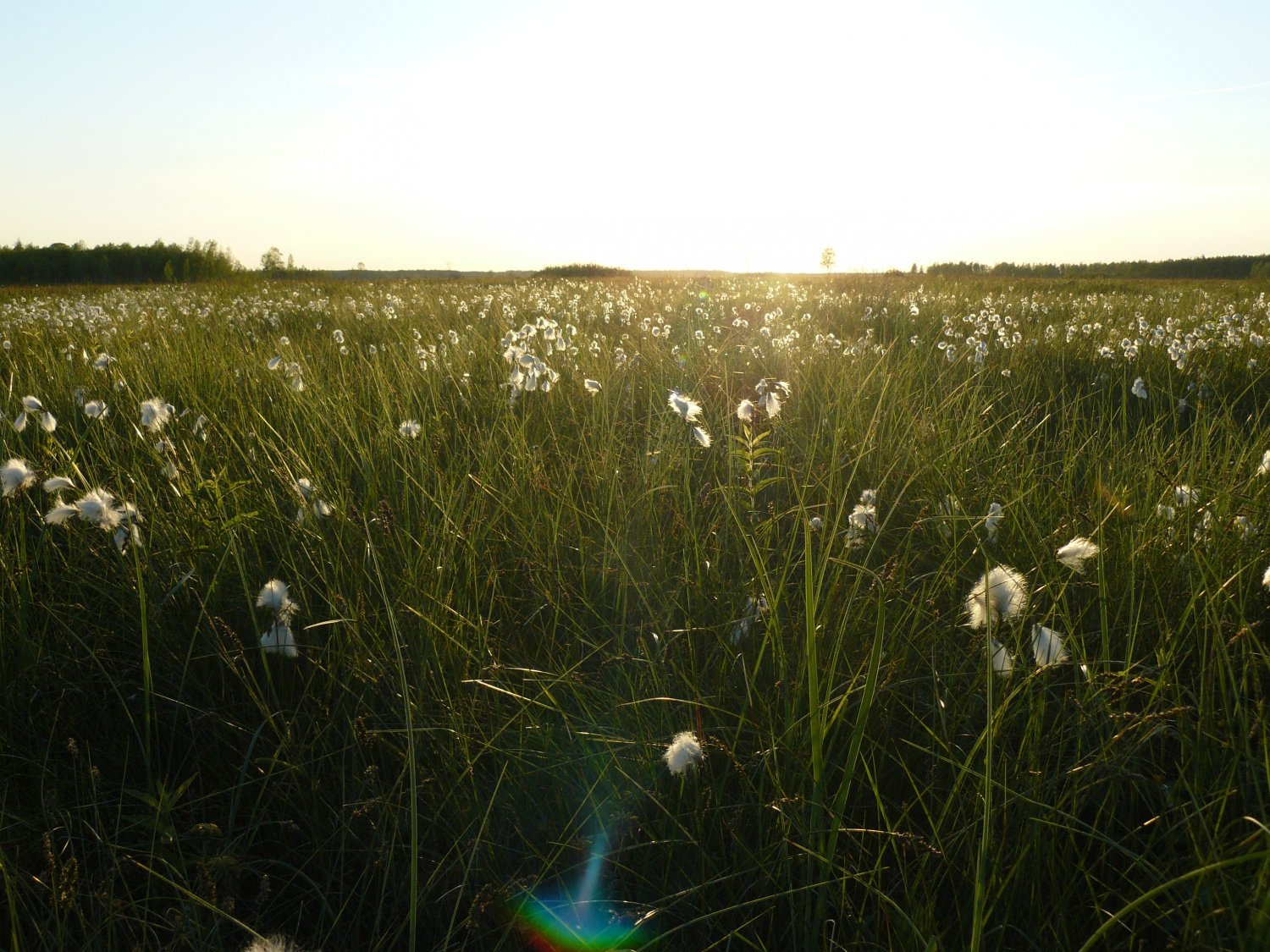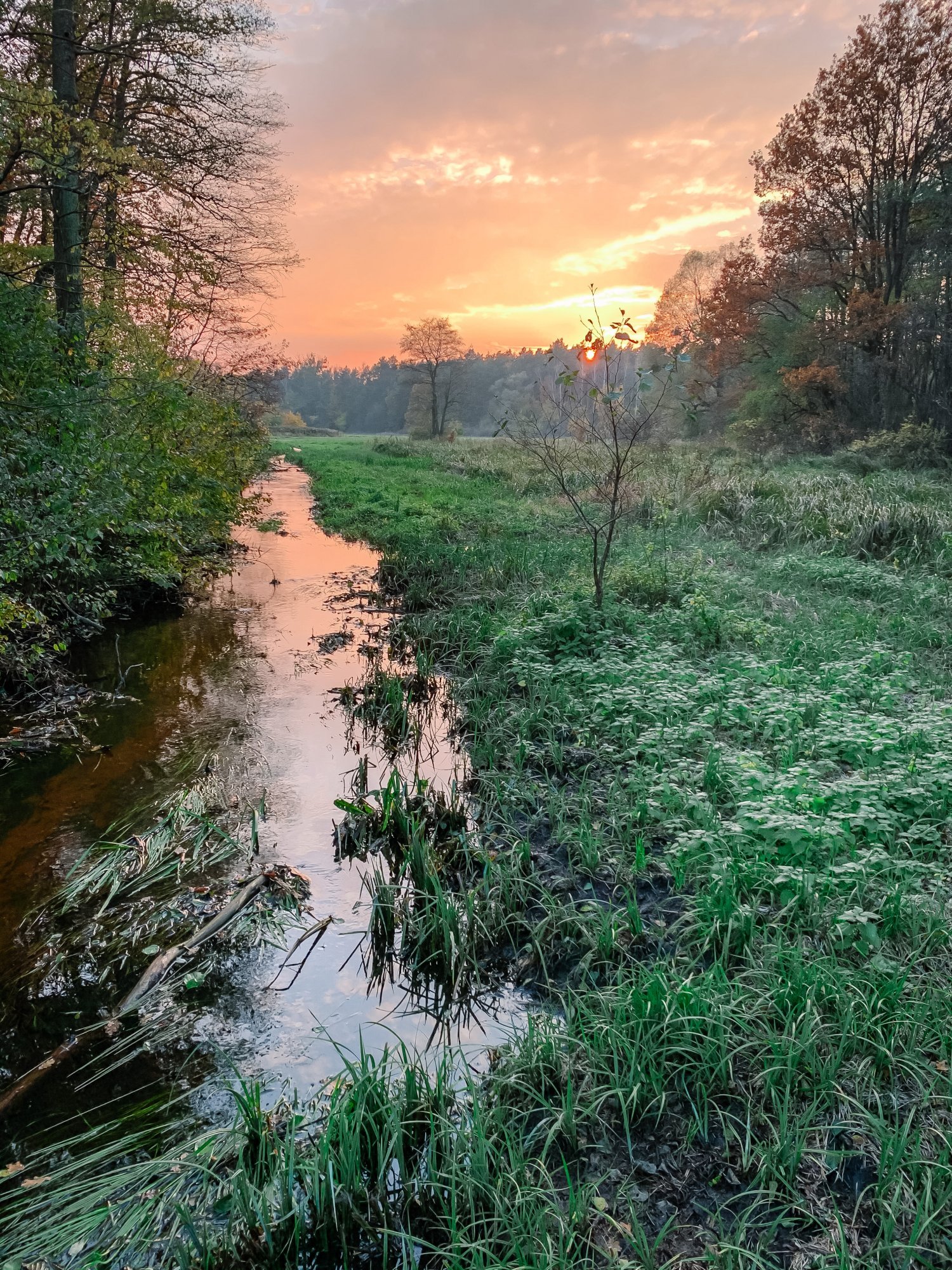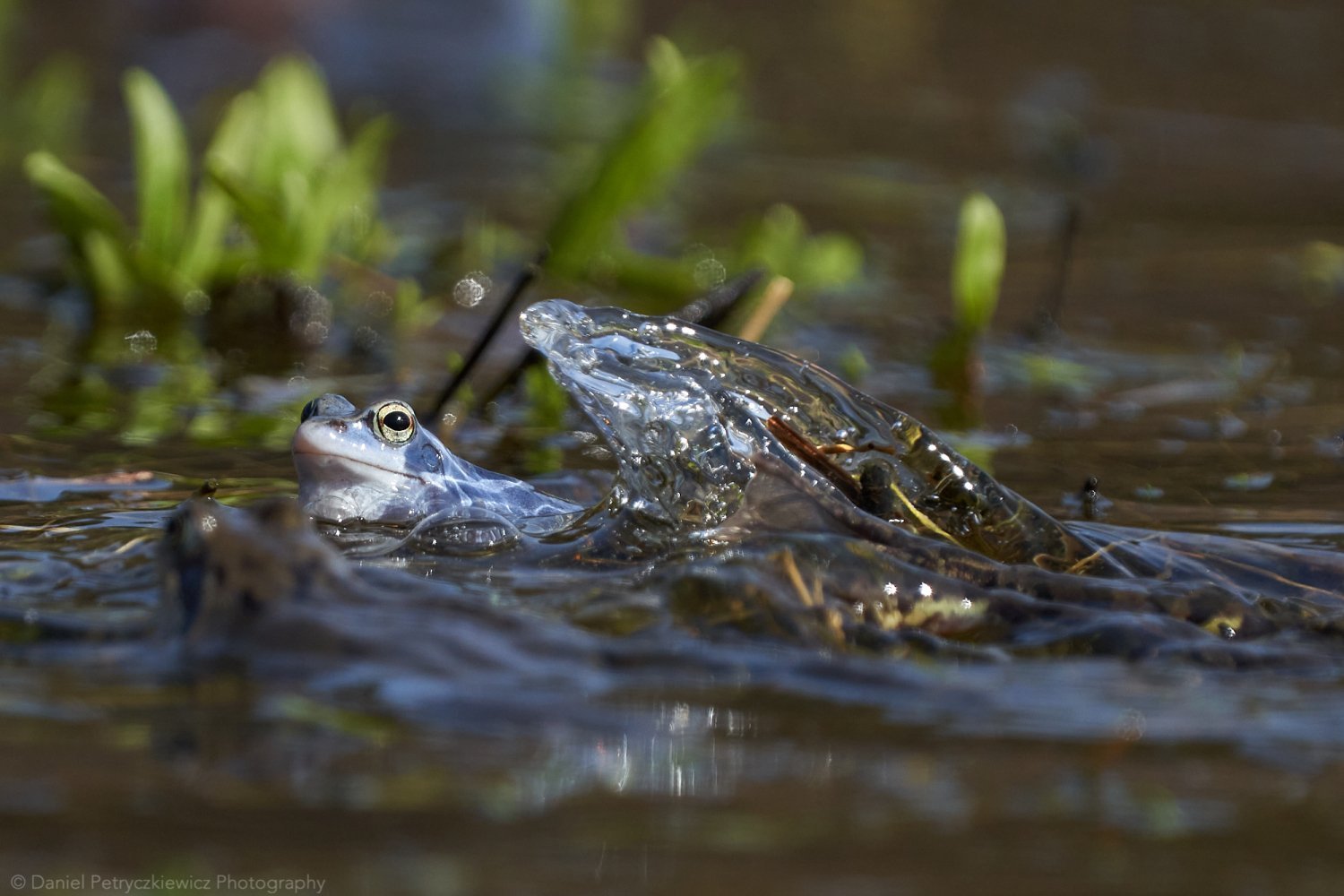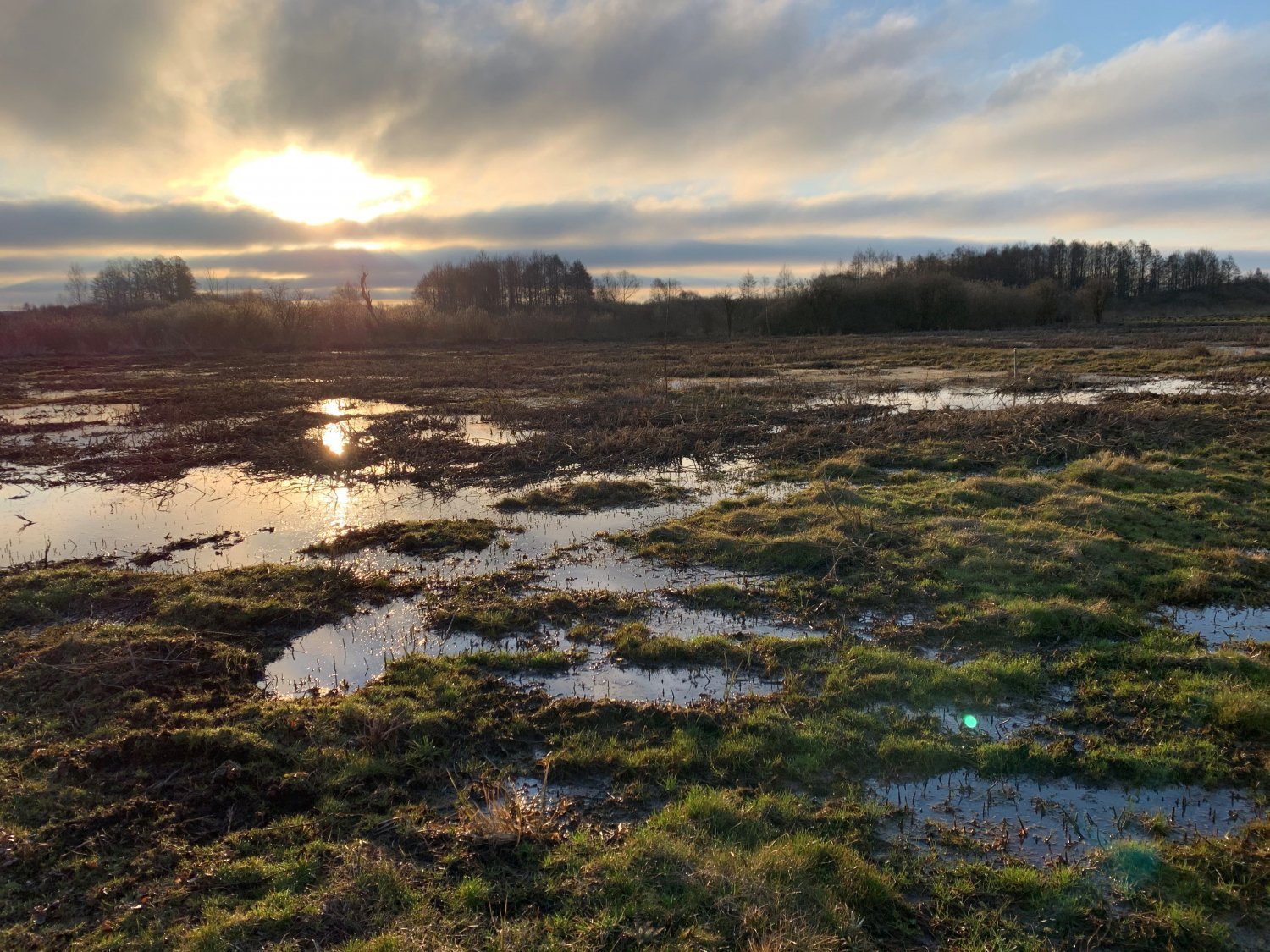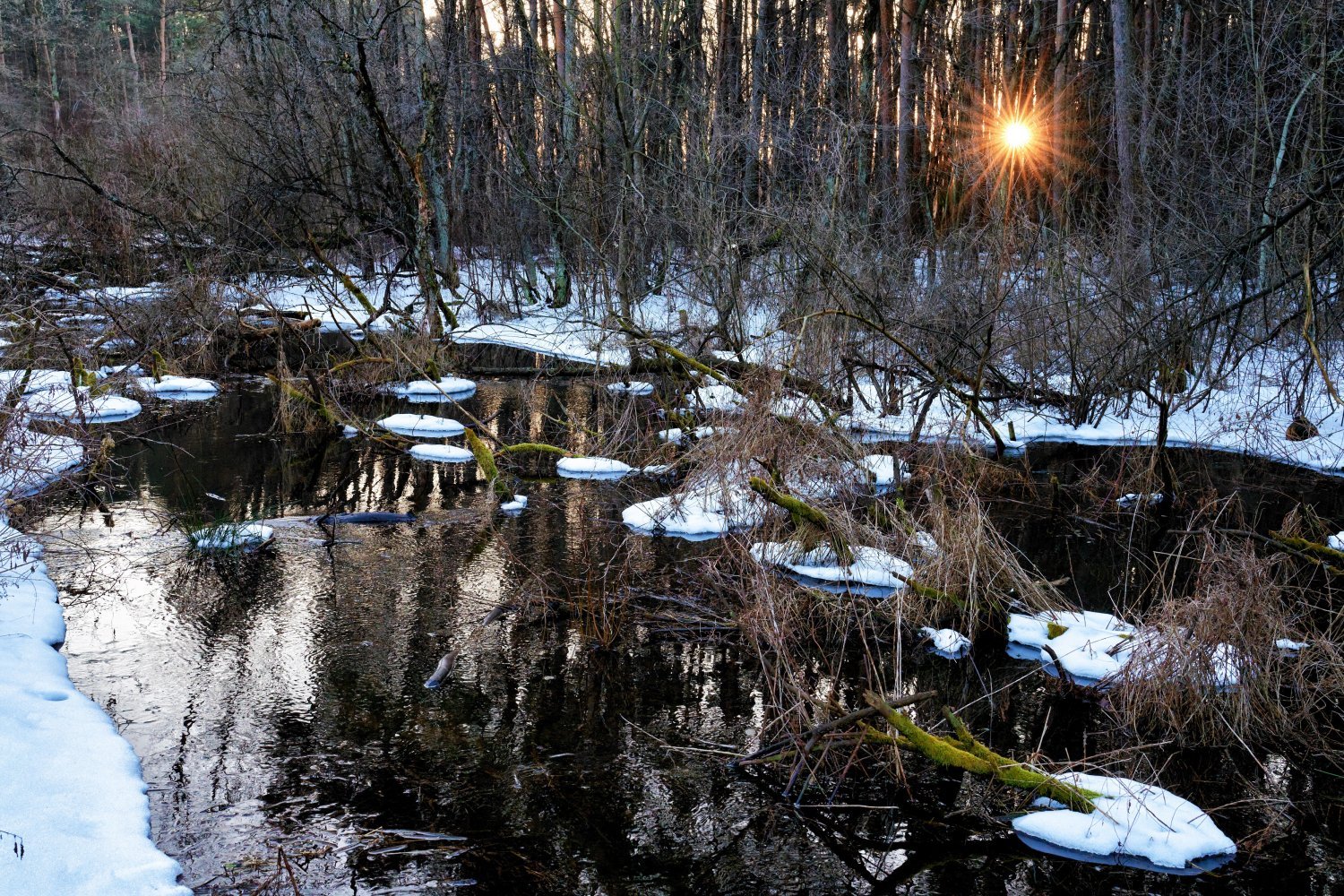Wrzuć pieniądze w błoto! Włącz się w powtórne nawadnianie torfowisk z okazji Green Friday! / Don't flush money down the drain! Get involved in damming up the ditches and rewetting peatlands to celebrate Green Friday!
Wrzuć pieniądze w błoto! Włącz się w powtórne nawadnianie torfowisk z okazji Green Friday! / Don't flush money down the drain! Get involved in damming up the ditches and rewetting peatlands to celebrate Green Friday!
Our users created 1 227 199 fundraisers and raised 1 350 874 309 zł
What will you fundraise for today?
Description
Zmieniamy akcję Black Friday na Green Friday! Let’s make world GREEN again!
Stowarzyszenie Centrum Ochrony Mokradeł, ze wsparciem firmy Cumulus, zbiera pieniądze na zakup osuszonych torfowisk i przywrócenie na nich warunków bagiennych.
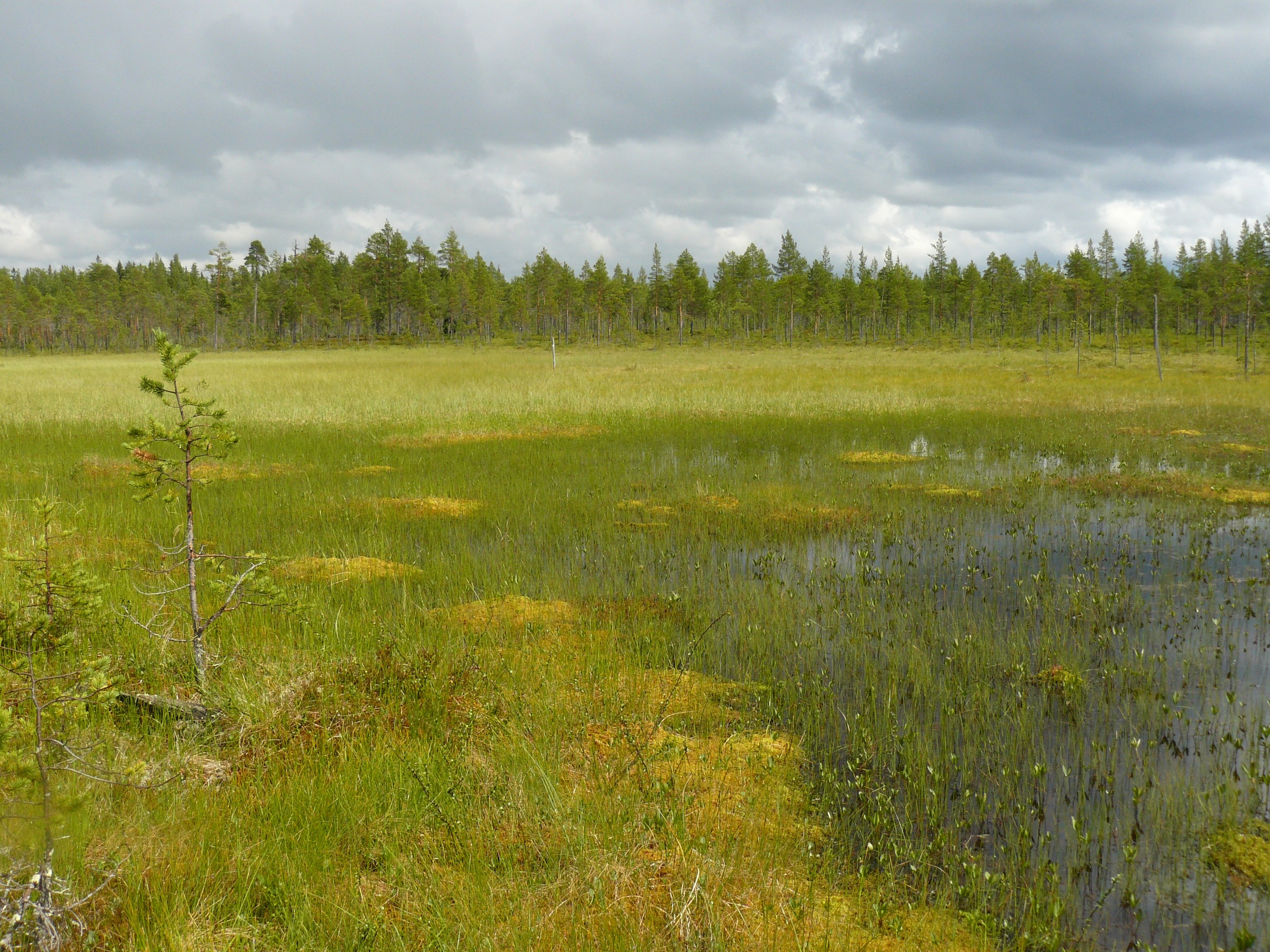 Po co nam bagno?
Po co nam bagno?
Bagna, czyli niezniszczone, nadal mokre torfowiska, są niezwykle istotnymi ekosystemami. Ich podstawowe role to przede wszystkim:
- magazynowanie węgla,
- retencjonowanie wody,
- zapobieganie powodziom i suszom,
- lokalne łagodzenie klimatu,
- środowisko życia wielu organizmów.
Torf to części roślin, które, na skutek zalania i warunków beztlenowych, nie uległy pełnemu rozkładowi. Węgiel w nich zawarty był gromadzony przez setki bądź tysiące lat. W przypadku odprowadzenia wody z torfowiska, torf zaczyna wysychać i rozkładać się, przez co zgromadzony wcześniej w materii organicznej węgiel przekształca się w dwutlenek węgla i ulatuje do atmosfery.
Bagna bywają porównywane do gąbki. Pochłaniają one bowiem wodę, gdy jest jej dużo i stopniowo oddają ją w czasie suszy, dzięki czemu pomagają zachować równowagę hydrologiczną. Ze względu na to, że woda ogrzewa się wolniej niż powietrze, bagna działają jak klimatyzatory, zmniejszając lokalne wahania temperatur.
Połączenie wody i lądu, jakim są bagna, stanowi także siedlisko wielu gatunków zwierząt (szczególnie ptaków wodno-błotnych i płazów) oraz roślin (m.in. rzadkich gatunków storczyków, roślin owadożernych i mchów). Dzięki temu, że są często trudno dostępne dla ludzi - są też ostojami dzikości.
W obecnej sytuacji, coraz bardziej znaczącego zagrożenia długotrwałymi suszami oraz ulewnymi deszczami, funkcje torfowisk jako magazynów węgla i miejsc retencji wody, należy traktować jako ich kluczowe usługi ekosystemowe, których bezpłatnie nam dostarczają. Osuszanie torfowisk przyczynia się nie tylko do niszczenia środowiska życia wielu organizmów i zaburzenia lokalnych stosunków wodnych, ale też do olbrzymich emisji dwutlenku węgla. Każde kolejne zdegradowane torfowisko oznacza utratę naturalnego podziemnego magazynu węgla, który tworzył się tam przez setki, a nawet tysiące lat. Całkowite emisje z użytkowania torfowisk w Polsce odwodnionych na cele rolnictwa, leśnictwa i wydobycia torfu są szacowane na 33.5 miliony ton (Mt) ekwiwalentu dwutlenku węgla rocznie. Wartość tych emisji wyceniona w oparciu o aktualną na październik 2021 cenę pozwolenia na emisję dwutlenku węgla na Europejskim rynku emisji wynosi 9,6 miliarda złotych rocznie. W czasach, gdy wszyscy dokładamy starań, by ograniczyć emisje gazów cieplarnianych i by pochłaniać te już uwolnione do atmosfery, nie możemy sobie na to pozwolić.
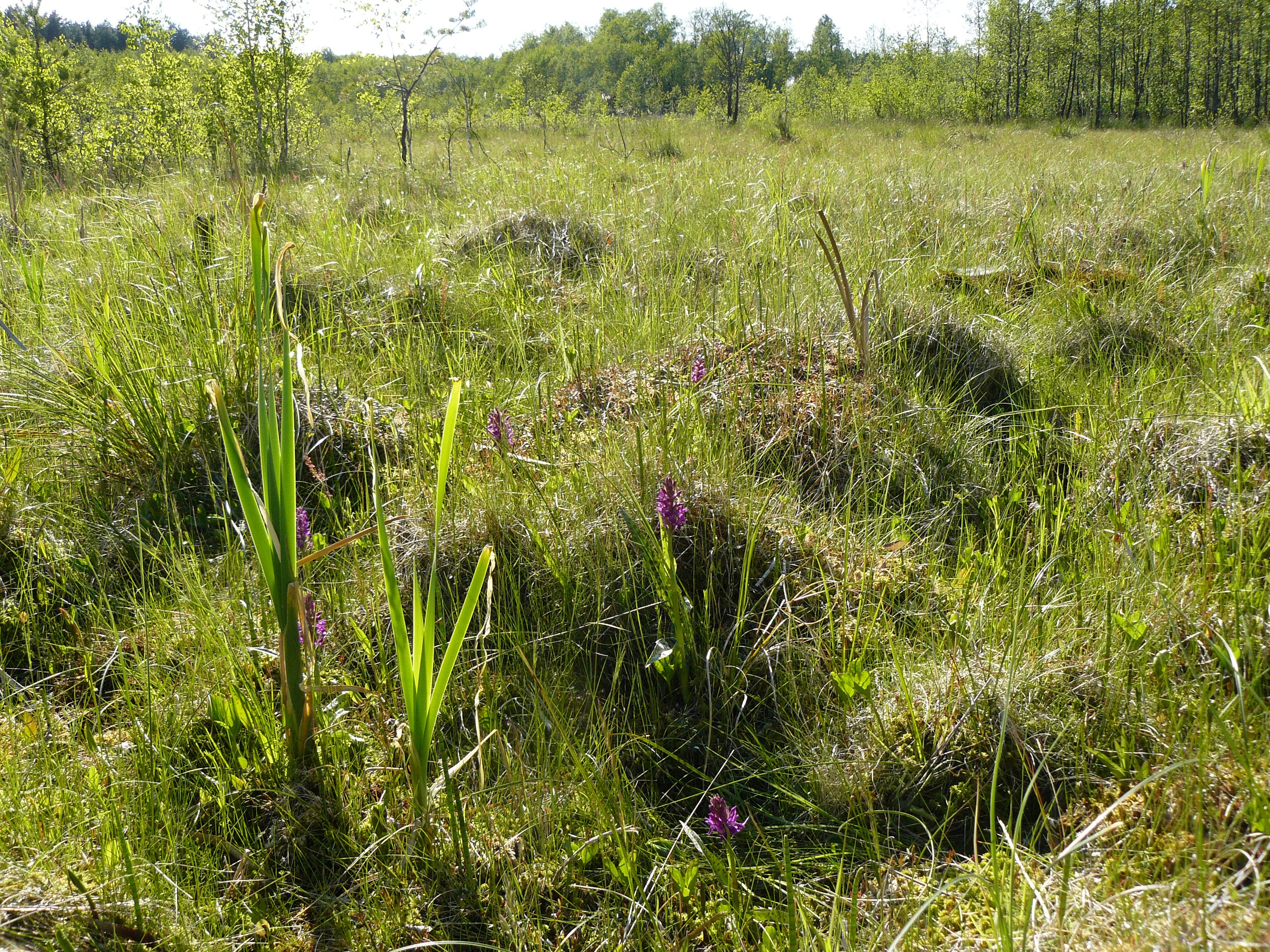 Jako stowarzyszenie chcemy chronić i odtwarzać bagna dla wspólnego dobra, zarówno naszego, jak i przyszłych pokoleń. Jednym z naszych działań jest promowanie idei ponownego nawadniania torfowisk. Planujemy zakupy osuszonych torfowisk, którym przywrócimy odpowiednie stosunki wodne, m.in. poprzez zatamowanie rowów. Każda kwota zebrana za pośrednictwem tej zrzutki, zorganizowanej za wstawiennictwem firmy Cumulus, zostanie przeznaczona na wykup gruntów bagiennych. Kwota 25 000 zł umożliwi nam zakup do 1 hektara torfowiska. Jeśli w ramach zrzutki zbierzemy mniej, to dołożymy zgromadzoną kwotę do naszych środków z innych źródeł i tak czy inaczej wykupimy za te pieniądze osuszone torfowisko.
Jako stowarzyszenie chcemy chronić i odtwarzać bagna dla wspólnego dobra, zarówno naszego, jak i przyszłych pokoleń. Jednym z naszych działań jest promowanie idei ponownego nawadniania torfowisk. Planujemy zakupy osuszonych torfowisk, którym przywrócimy odpowiednie stosunki wodne, m.in. poprzez zatamowanie rowów. Każda kwota zebrana za pośrednictwem tej zrzutki, zorganizowanej za wstawiennictwem firmy Cumulus, zostanie przeznaczona na wykup gruntów bagiennych. Kwota 25 000 zł umożliwi nam zakup do 1 hektara torfowiska. Jeśli w ramach zrzutki zbierzemy mniej, to dołożymy zgromadzoną kwotę do naszych środków z innych źródeł i tak czy inaczej wykupimy za te pieniądze osuszone torfowisko.
Centrum Ochrony Mokradeł jest organizacją pożytku publicznego, której celem statutowym jest ochrona przyrody, a w szczególności obszarów podmokłych, opracowywanie i wdrażanie planów renaturyzacji i ochrony czynnej tych terenów oraz podtrzymywanie ich użytkowania w zgodzie z zasadami zrównoważonego rozwoju.
Najwyższy czas, żebyśmy przestali podgrzewać atmosferę emisjami dwutlenku węgla z osuszonych torfowisk. Torfowiska muszą być mokre! Włącz się w ich namaczanie!
Niniejsza zbiórka otwiera szerszą kampanię Centrum Ochrony Mokradeł, zmierzającą do upowszechnienia ponownego nawadniania torfowisk w Polsce: Wrzuć pieniądze w błoto.
Zachęcamy do śledzenia postępów naszych działań na fanpejdżu bagna.pl oraz na naszej stronie internetowej.
Więcej informacji na temat roli torfowisk znajduje się tutaj.
fot. Joanna Gornia / Łukasz Kozub / Daniel Petryczkiewicz
English below:
We're changing the Black Friday action into Green Friday! Let's make the world GREEN again!
The Wetlands Conservation Center, with support from Cumulus, is raising money to purchase drained peatlands and rewet them.
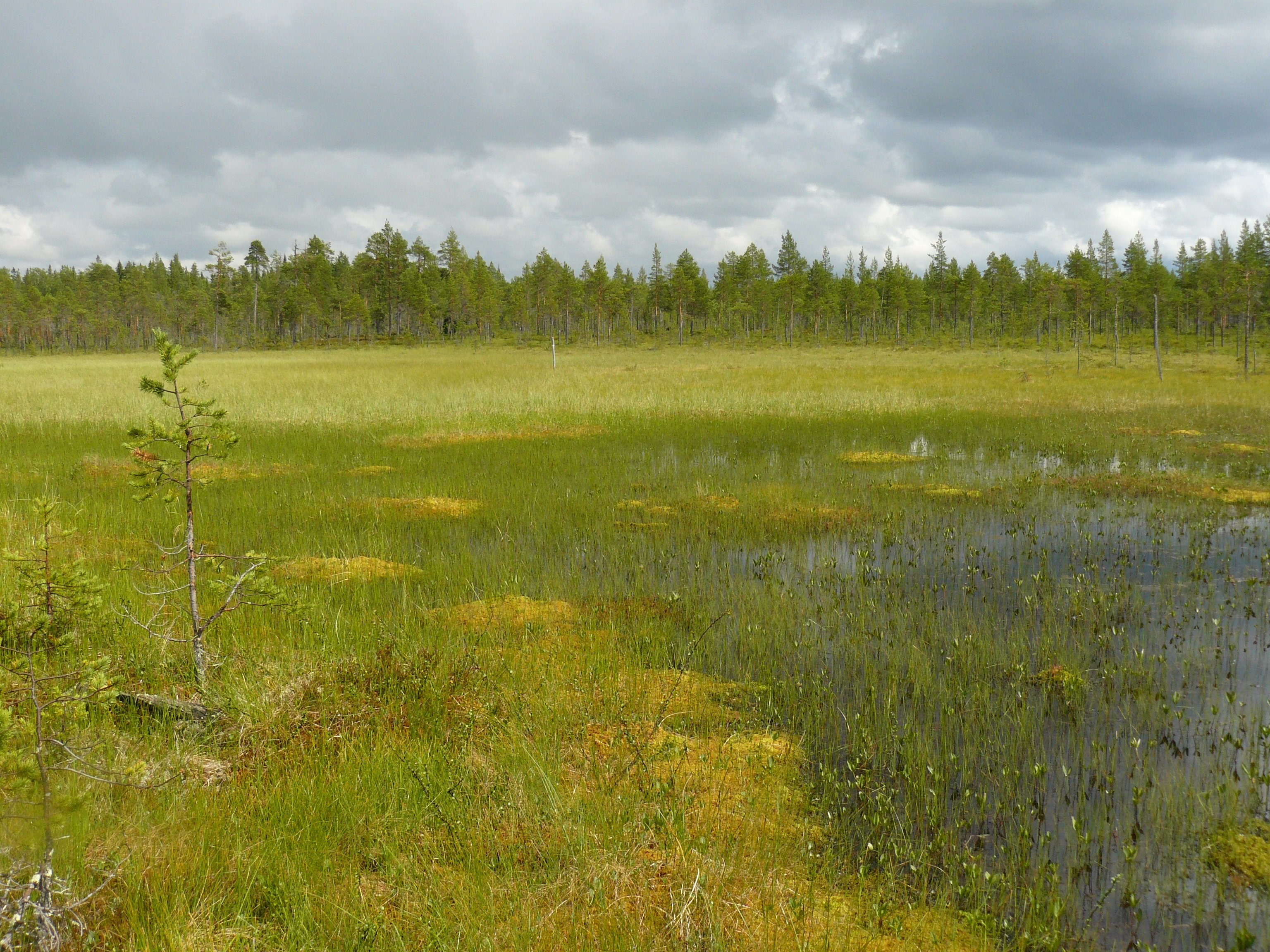
Why do we need mires?
Mires, i.e. undisturbed and still wet peatlands, are extremely important ecosystems. Their primary roles are:
- carbon storage,
- water retention,
- prevention of floods and droughts,
- local climate mitigation,
- habitat for many organisms.
Peat is made up of plant parts which, as a result of flooding and anaerobic conditions, have not fully decomposed. The carbon they contain has been stored for hundreds or thousands of years. When water is drained from the peatland, the peat begins to dry out and decompose, causing the carbon previously stored in organic matter to convert to carbon dioxide and escape into the atmosphere.
Mires are sometimes compared to sponges. They absorb water when there is plenty of it and give it back gradually during droughts, thus helping to maintain the hydrological balance. Because water warms up slower than the air, peatlands act as air conditioners, reducing local temperature changes.
As a combination of water and land, mires also provide habitat for many animal species (especially waterbirds and amphibians) and plants (including rare species of orchids, insectivorous plants, and mosses). Thanks to the fact that such areas are often inaccessible to people - they are also refuges of wilderness.
In the current situation, with the increasing threat of prolonged droughts and heavy rains, the functions of peatlands as carbon stores and water retention sites should be considered as their key ecosystem services which they provide to us free of charge. Draining of peatlands contributes not only to the destruction of habitat for many organisms and the disruption of local water relations but also to enormous emissions of carbon dioxide. Each additional degraded peatland means the loss of a natural underground store of carbon that has been building up there for hundreds or even thousands of years. Total emissions from the use of Poland's peatlands drained for agriculture, forestry and peat extraction are estimated at 33.5 million tonnes (Mt) of carbon dioxide equivalents per year. The value of these emissions, based on the current price of emission permits in the European carbon market as of October 2021, is PLN 9.6 billion per year. At a time when we are all making efforts to reduce greenhouse gas emissions and to absorb those already released into the atmosphere, we cannot afford to do so.
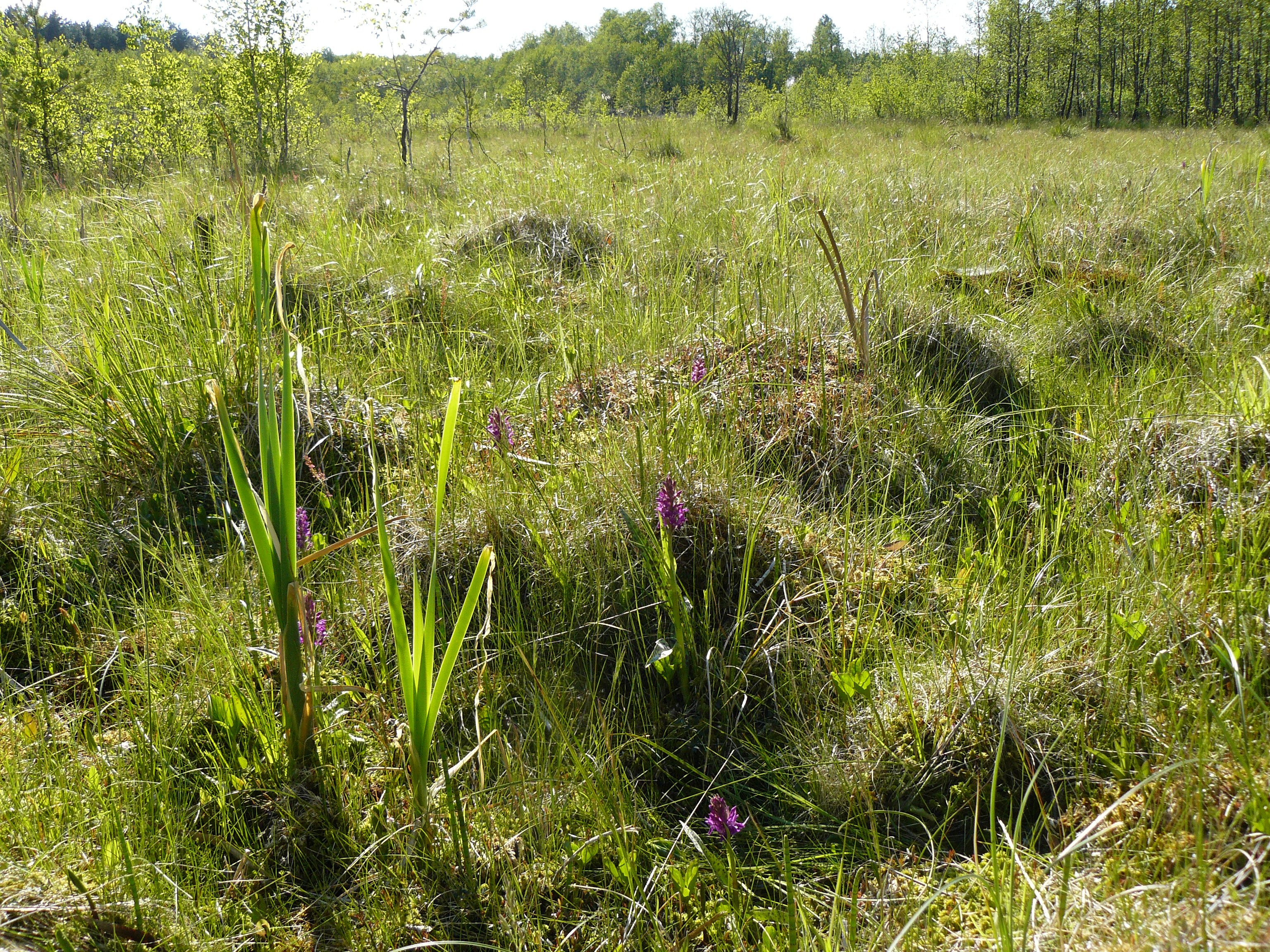 As an association, we want to protect and restore wetlands for the common good, not only our own, but also for future generations. One of our activities is to promote the idea of rewetting peatlands. We are planning to purchase drained peatlands, where we will restore the proper water relations, among others by damming ditches. Every amount donated through this collection, organized with support of the company Cumulus, will be used for the purchase of peatland. The amount of 25 000 PLN will allow us to buy up to 1 hectare of peatland. If we raise less, we will add it up to our funds from other sources and buy a drained peatland anyway.
As an association, we want to protect and restore wetlands for the common good, not only our own, but also for future generations. One of our activities is to promote the idea of rewetting peatlands. We are planning to purchase drained peatlands, where we will restore the proper water relations, among others by damming ditches. Every amount donated through this collection, organized with support of the company Cumulus, will be used for the purchase of peatland. The amount of 25 000 PLN will allow us to buy up to 1 hectare of peatland. If we raise less, we will add it up to our funds from other sources and buy a drained peatland anyway.
The Wetlands Conservation Center is an NGO, whose statutory goal is to protect nature, especially wetlands, to develop and implement restoration and nature conservation plans and to sustain wise use of wetlands in accordance with the principles of sustainable development.
It is high time to stop heating up the atmosphere with carbon dioxide emissions from drained peatlands. Peatlands must be wet! Join in rewetting them!
This collection opens a broader campaign of the Wetlands Conservation Center, aiming at spreading the idea of rewetting peatlands in Poland: Put your money in the mud.
We encourage you to follow the progress of our actions on our fanpage bagna.pl and on our website.
More information about the role of peatlands can be found here.
Photos: Joanna Gornia / Łukasz Kozub / Daniel Petryczkiewicz

There is no description yet.
Create a tracking link to see what impact your share has on this fundraiser.
Create a tracking link to see what impact your share has on this fundraiser.

